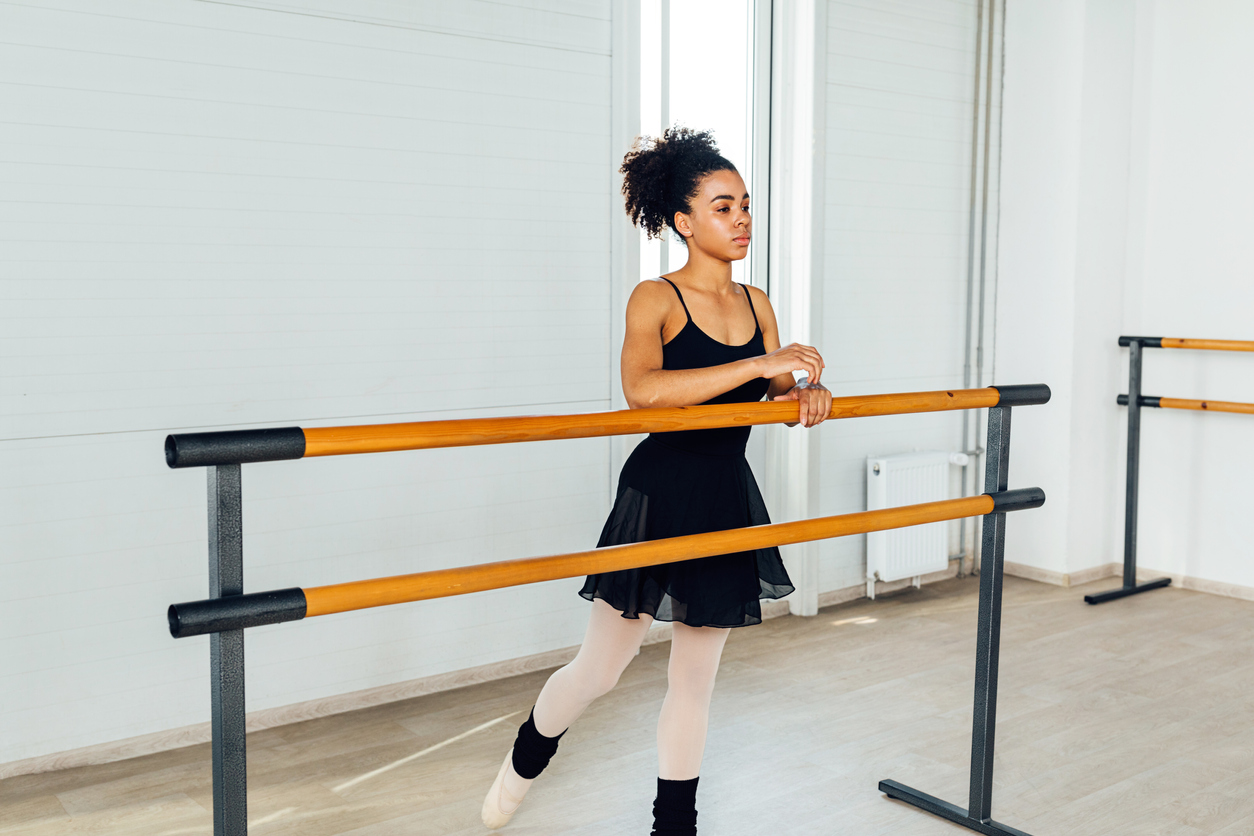When new dancers prepare for their classes by shopping for dancewear, many wonder whether these standard outfits require fitting. A common question is also whether dancewear should be fitted to the body or loose with room to move. Below, Bodythings.com provides some details about how your leotards, tutus and other dance apparel should fit.
Should Dancewear Be Fitted?
When parents look for leotards, tutus and shoes for their young dancers, most wonder how these items should fit a growing body. Frequently, moms and dads seek to allow some room for growth and material shrinkage. But this is not the right approach.
Dance clothing is meant to fit in a way that enables focus on movement and shapes created by the dancer’s body. A loose garment distracts the viewer and diminishes the beauty and form of these movements.
A dance instructor must also be able to see the mistakes made in a dancer’s body positions for correction. Otherwise, the teacher potentially misses posture problems like raised shoulders, arching in the back and protruding ribs. Not seeing these issues for correction leaves the dancer vulnerable to injury, improper technique and decreased progress as a student.
When shoes are too big, the dancer risks tripping. They also move without adequate support in the arches and throughout the foot’s structure.
For a proper dance apparel fitting, visit a retailer with experience in dance. If you do not have an experienced dance fitter in your local store, ask a professional dancer, instructor or advanced student in your child’s dance school for help. Otherwise, follow some of the guidelines below.

Fitting Leotards
Leotards are the everyday apparel for dance practice and education. These items are meant to fit the body like a second skin. As such, they should not have too much material or fit loosely. While a fitted leotard appears to be one your child will outgrow quickly, you must consider that Lycra and other stretching material is designed to stretch with body movements. This makes them wearable for much longer than you expect.
Trying to dance in a bunched or baggy leotard is uncomfortable. The loose fabric binds and distracts dancers, particularly young students. At the same time, excess material prevents the teacher from being able to check postural alignment.
Your leotards should not hang loosely in a way that sags at the bottom of leaves straps loose on the shoulders. Nor should they be so tight that they position above the hip bones, show excessive cleavage or chest, cause irritation around the legs or arms, or ride down during movement.
More often than not, a child trying on their first leotards believes the garment to be too tight. But this is most often not correct. Instead of being an issue of the garment being too small, it is actually important for the child to get used to wearing tight-fitting apparel in class or on stage. Getting used to this fitting typically takes only a few weeks.
However, children younger than eight years old can have a bit of wrinkling down the front of their leotards. This provides some growing room without restricting their dance quality. But they should never have sagging in the shoulders or the bottom of their leotard. This growing room is not correct if they can properly fit into a smaller size. It is just common that children of these ages fall between two sizes, with one size smaller being too restrictive and the next size up being loose.
Try On Leotards to Find Appropriate Sizing
Although it can be tempting to grab a size from a rack and quickly purchase it, it is always best to try on dance apparel. This is particularly true early in a dancer’s education. You need to spend some time with each piece on their body, checking it in the mirror and moving around to ensure proper fit. It is also helpful to try on apparel in the presence of a professional dancer or retailer to gain their input on the fit. After doing this with several sizes and styles, you can better understand the specific size needed from a particular brand.